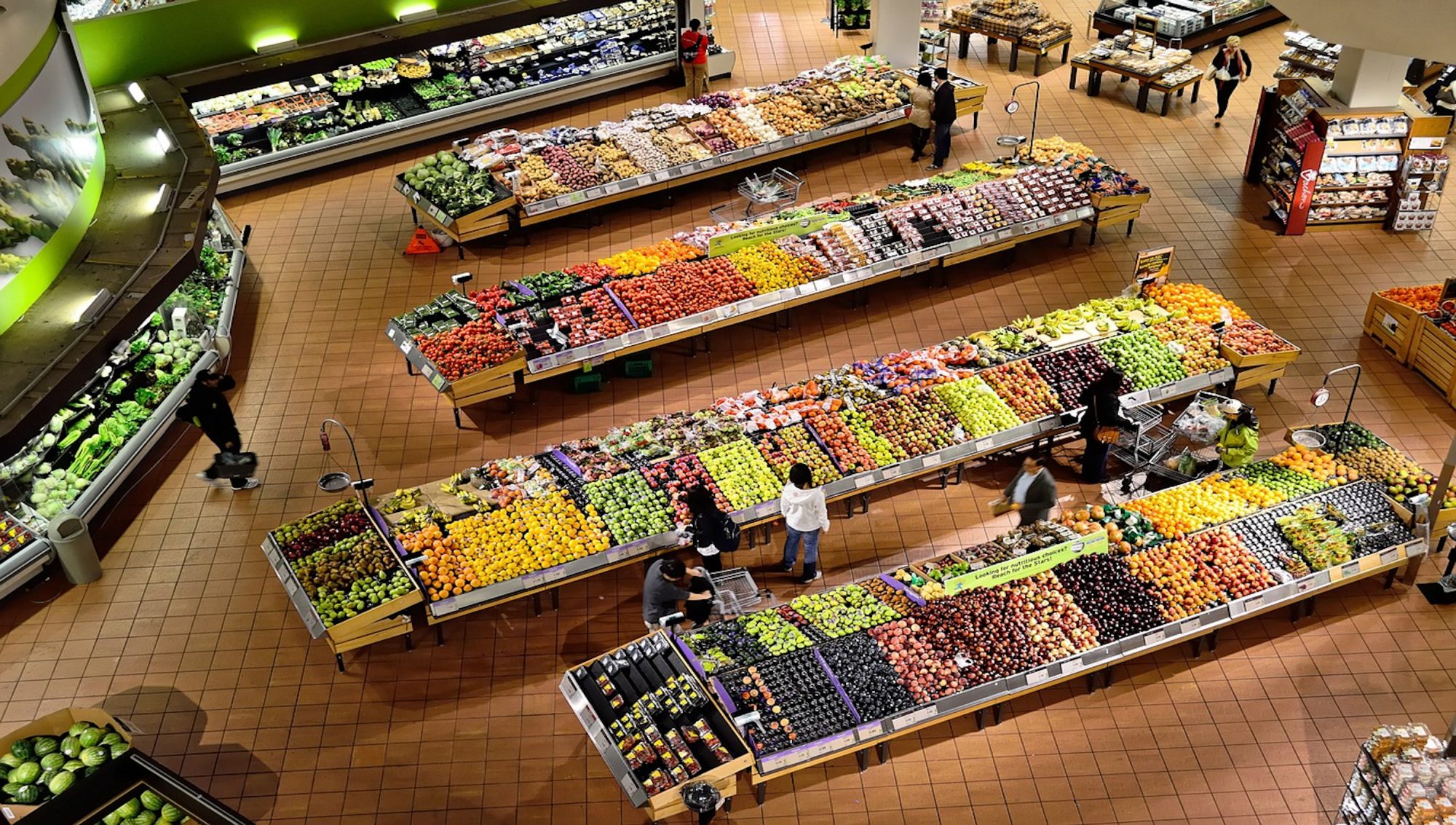
Data Science in Retail
Online and stationary retail offers a huge potential for the use of machine learning and artificial intelligence. From the control of special offers to the selection of the location of the next store, the possible applications in which added value can be generated with data science are almost limitless.
The generation of this added value from data is our daily mission. We have been supporting the retail industry with our data science solutions since 2010. Rely on our experience and turn your data potential into tangible competitive advantages.

Data Science in Retail
Online and stationary retail offers a huge potential for the use of machine learning and artificial intelligence. From the control of special offers to the selection of the location of the next store, the possible applications in which added value can be generated with data science are almost limitless.
The generation of this added value from data is our daily mission. We have been supporting the retail industry with our data science solutions since 2010. Rely on our experience and turn your data potential into tangible competitive advantages.
A selection of questions we have answered in our data science projects for the retail industry:
How can the actual effect of supply actions be determined?
Link different data sources (bond data, master data, promotion characteristics) and use time series analyses to identify and adjust seasonal trends in the KPIs. Result: Report with statements about the influence of price promotions on the shopping basket.
What is the best location for building the next branch?
KPIs, market characteristics, customer data, regional key figures: Analysis of the success factors of existing retail stores. Creation of a resilient knowledge base for location planning.
How can the distribution area for advertising brochures be optimized?
Determination of the effect of past distribution campaigns in postal code areas on the basis of the generated turnover. Determination of a scattering effect that expresses the changes in euros and thus provides decisive support for the successful planning of future campaigns.
How can the response rate of e-mail campaigns be increased?
Differentiate existing customers according to their sales potential based on information such as their sales history and existing demographic data. Development of a scoring model to evaluate customers and to control future campaigns.
How can product prices be adjusted more dynamically?
Average receipts, historical price actions, time of day and information about the market environment: inclusion of different variables for dynamic pricing in order to be able to determine the optimal sales price based on algorithms.
How can out-of-stock situations and long storage periods be avoided?
Forecast of expected sales volumes on the basis of internal and external factors influencing customer purchasing behavior. This makes it easier to control procurement processes and further shorten overall lead times.
Data-Driven Software:
YUNA – Data Science Platform
YUNA is the central platform ffor the realization of smart and ki-supported retail services. It combines BI functions with the possibility to use various models and scripts.

Data Science Infrastructure:
On Premise, Cloud or Hybrid
Design, implementation and support! We are the provider of resilient and reliable data-driven services. We also make your infrastructure ready for the digital challenges of the future!

Data Projects:
From the idea to productive service!
Which use cases are particularly purposeful for you? How can knowledge creation succeed in your company? From the solution idea to the productive use of AI systems in your company: We create perceptible added value for you from data.

Whitepaper:
Shiny Development Guide
Are you already familiar with RStudio-Products and know the most frequently used packages and you already have experience in developing Shiny Apps? Download our free Shiny Development Guide and profit from this best practice approach to navigate the Shiny app development process.
Jump start now – we will walk you through it!